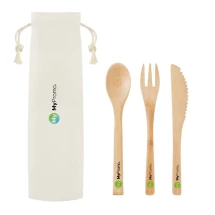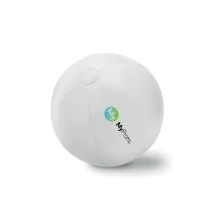Transfer reflective
What is Transfer Reflective?
Transfer reflective printing is a specialised process used to apply a reflective material to various substrates, enhancing visibility and safety. This printing technique is crucial for creating items that need to be visible in low-light conditions, such as safety apparel, sportswear, and promotional products. The technique has gained prominence with the increase in demand for high-visibility clothing and accessories, evolving significantly from its initial applications in safety gear.
The Process of Transfer Reflective Printing
The process of transfer reflective printing involves several key steps. It begins with the creation of a reflective design, usually made from micro glass beads or prismatic materials that are then layered onto a heat-activated adhesive. This material is pre-cut and then heat pressed onto the fabric or other substrates under specific temperature and pressure conditions. The heat activates the adhesive, allowing the reflective material to bond securely to the fabric, ensuring durability and reflectivity.
Tools and Materials Essential for Transfer Reflective Printing
The main tools and materials essential for transfer reflective printing include a variety of specific items. Reflective sheeting material, typically embedded with glass beads or prismatic elements, is crucial for accurately transferring reflective qualities. A heat press machine applies the necessary heat and pressure to transfer the reflective material securely. Cutting tools are used to shape the reflective material into desired designs before application. Heat-activated adhesive is also pivotal, facilitating the bonding of the reflective material to the substrate, ensuring durability and effectiveness of the reflective finish.
Applications and Examples in Promotional Products
Transfer reflective printing is widely used in promotional and safety products. Common applications include high-visibility clothing for construction workers, emergency services uniforms, athletic apparel for nighttime athletes, and personalised bags or personalised caps that need to stand out in dim conditions. These products benefit significantly from the added visibility that transfer reflective provides, combining functionality with promotional value.
Advantages of Using Transfer Reflective Printing
This printing technique offers several advantages including enhanced visibility and safety for the wearer. The reflective materials are designed to withstand various weather conditions and repeated washings, ensuring durability. Additionally, the technique is versatile, capable of being applied to a wide range of substrates from textiles to hard surfaces.
Comparing Transfer Reflective with Other Printing Techniques
Compared to standard printing methods, transfer reflective printing is unique in its ability to provide safety features. Unlike traditional ink or digital prints, reflective prints offer visibility in low-light conditions, which is essential for safety garments. However, it involves a more complex process requiring specific materials and equipment, such as reflective sheets and a heat press.
Potential Challenges and Limitations
Despite its benefits, transfer reflective printing comes with several challenges. The initial setup cost for equipment and materials can be high, which may be a barrier for small-scale operations or individual users. Additionally, applying reflective materials requires precise temperature and pressure settings, which demands careful handling to prevent damage to the substrate. Also, the range of suitable fabrics or materials can be limited by the heat sensitivity of the substrate, restricting the types of products that can effectively utilise this printing method.
What is transfer reflective printing used for?
It is used to enhance the visibility and safety of garments and promotional items through the application of reflective materials.
How does transfer reflective printing work?
It involves applying reflective materials to substrates using a heat press to activate an adhesive layer.
What are the benefits of transfer reflective printing?
Increased visibility in low light, enhanced safety features, and durability of the reflective finish.
Can transfer reflective be applied to any material?
It is best suited to materials that can withstand the heat required for application, typically textiles and some hard substrates.
How does transfer reflective compare to glow-in-the-dark printing?
Transfer reflective relies on light reflection for visibility, whereas glow-in-the-dark emits light after being charged by exposure to light, making reflective materials effective in direct light conditions and more suited for safety applications.




